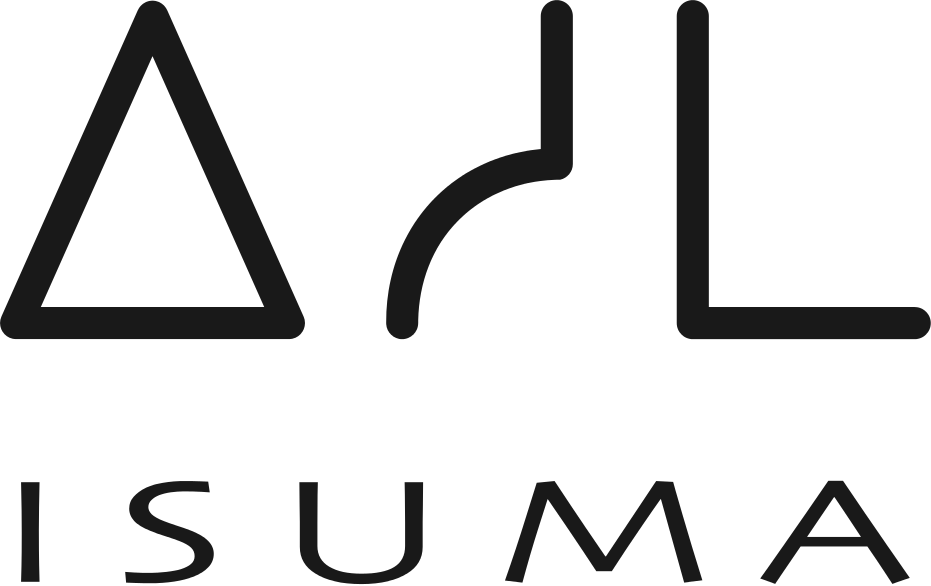
DID in the News!
Inuit filmmaker uses multimedia to empower remote communities
Isolated communities join the political dialogue through Digital Indigenous Democracy initiative Culture
BY VULTURE BRANDON BARRETT
brandon@whistlerquestion.com
I still vividly remember the first time I watched illustrious Nunavut filmmaker Zacharias Kunuk’s daring Atanarjuat: The Fast Runner, the first film written, directed and acted entirely in the Inuktitut language.
Set in the frigid outdoors of Igloolik at the turn of the first millennium, Atanarjuat tells a centuries-old Inuit legend passed down orally from generation to generation. Shot in the Eastern Arctic wilderness, the film’s visuals are all-consuming and so thoroughly foreign to what the average movie-goer is accustomed to.
The highest grossing Canadian picture of 2002, Atanarjuat achieved what so many of the best films do: presenting a perspective that the viewer has never seen or better yet, never even knew existed.
It’s an understatement to say that the majority of Canadians don’t know much about Inuit culture, traditions and values — myself included. A more cynical view would be that most Canadians don’t really care to learn, but fortunately, Kunuk has committed to telling compelling, authentic Inuit stories told with the help of the Inuit themselves throughout his long career.
It’s a trend that Kunuk is continuing with one of the more innovative multimedia projects I’ve ever come across, called Digital Indigenous Democracy (DID), which aims to put the power of consensus into the hands of 10 remote Inuit northern communities. (I owe a huge debt to Globe and Mail reporter Robert Everett-Green for his meticulously researched article on this topic from Jan. 17.)
The concept was first formed in 2012 when an Inuit community on Baffin Island faced a $6-billion environmental review of a proposed iron mine. Thanks to Kunuk’s intervention, which saw him present dozens of call-in radio shows and video interviews with affected residents, the project has since been scaled back and even comes with a legal obligation to include future multimedia consultation.
The main issue for these isolated communities is a lack of affordable Internet service. That means residents in small Inuit enclaves often have to resort to communicating online using only text in a language many aren’t fluent in, barring full access to potential online resources and communication channels that could impact their political and social decision making process.
Digital Indigenous Democracy looks to level the playing field by installing comparatively cheap media players in 10 communities where residents can instantly stream over 5,000 videos in 50 different languages from the Isuma TV catalogue, a film company Kunuk co-founded. The collection is mostly driven by Inuit culture, and includes everything from musical performances to hunting clips to full-length feature films. It also gives the opportunity to Inuit filmmakers, like the film society currently thriving in the small town of Arviat, to upload and show their own work.
It’s an initiative from which the rest of Canada could learn a thing or two. Even in our current Internet age, with smartphone-sporting pre-teens and a culture of online oversharing, we need to ask ourselves if we’re really using the digital tools at our disposal in a productive manner.
Just as the outside world learned about the refreshing simplicities of Inuit life after Kunuk’s Atanarjuat, we can look back to those northern communities in order to glean some insight on how to exist and thrive in our own digital era.
© Copyright 2014, Whistler Question Story
www.whistlerquestion.com

















